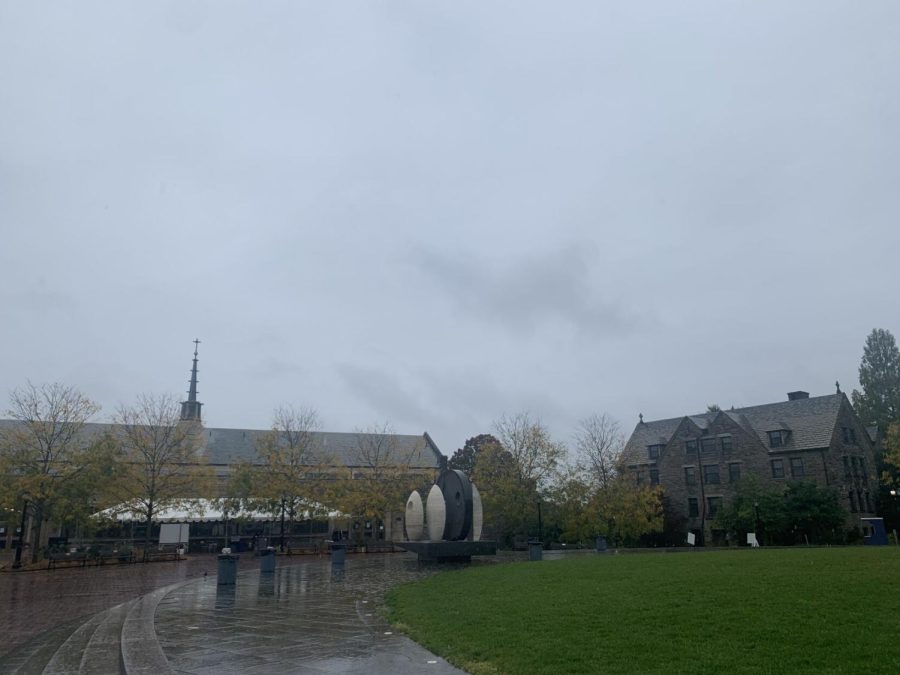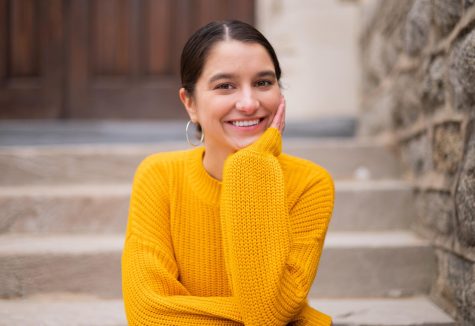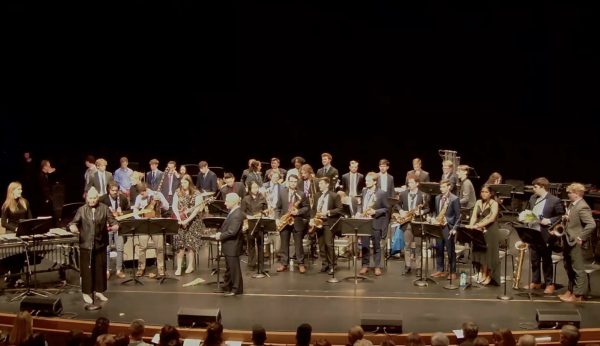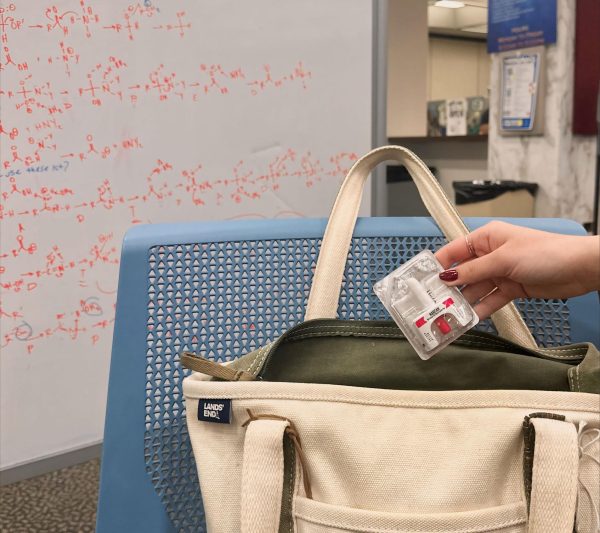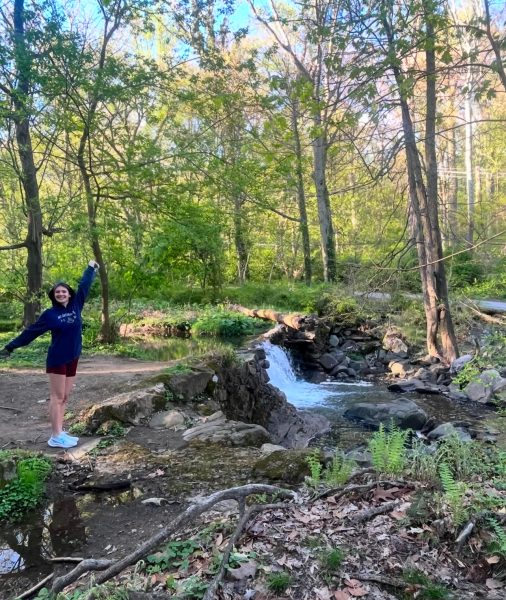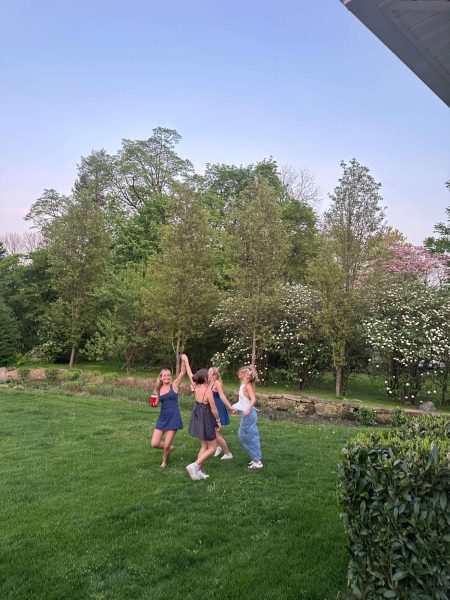The Ghostly Legends of Villanova’s Campus
Rainy days in October make the campus seem very spooky, inside and outside some of the haunted halls.
October 21, 2020
Have you heard the ghostly legends of the University? This October, among the campus’s historic buildings that are often enclosed by gray clouds and rain drops, the eeriness of the Halloween season causes chills. Maybe the spooky season causes this feeling, but it could also be because the University has legends of hauntings within the grounds, and many students feel they have experienced paranormal activity. Whatever it may be, the University’s campus has some chilling history relative to the season, and knowing these legends might just change the way you look at some unexplainable happenings on campus.
First, let’s focus on one of the oldest, most notoriously eerie buildings on campus: St. Mary’s Hall. Legend has it that when the building was first being used as a house for clergy and nuns, a nun had an affair with a priest, became pregnant and died by suicide in the very halls of St. Mary’s.
In a 2009 article from The Villanovan, writers Katie Armstrong and Olivia Shelton reported that the administration denies any suicide ever took place in the building. However, such a morbid scandal would most likely be something such an establishment would like to cover up, would it not? Not saying it’s true or not, but denial doesn’t mean the legend is necessarily false. In fact, all you have to do to seek some clarity is step foot into the hallowed halls of the building. Immediately, the echoes of your feet among the silence form goosebumps. That reaction does not happen when you walk into a newer building, like Bartley Hall. According to the article, students who have lived in the building have reported hearing odd sounds like someone swimming in the pool or an organ playing when no one was there, and these eerie occurrences are still reported today.
The other main point of ghostly tales is Alumni Hall. When the campus closed during the Civil War, the building was used as a hospital for wounded soldiers. Deriving from an article about the history of Alumni Hall from a previous issue, David Contosta, a historian knowledgeable of campus, admits that the assumed fact cannot actually be proven. Even so, former students, like sophomore Luke Miller, have found that the halls of Alumni provide some odd experiences.
“I don’t really believe in that stuff, but there were some weird things that happened to me in that building [Alumni],” Miller said. “I had sleep paralysis and felt like I was being choked but couldn’t move, which never happened before, and the hand dryers would turn on randomly in the bathrooms.”
Could it be that there is a form of sleep paralysis that only occurs in one building on campus? Maybe so, but the alleged ghosts of dead soldiers seem to give another explanation.
If you look hard enough, you can find spooky stories about lots of old buildings on campus. The truth is that the University has been around a long time and is bound to have picked up a few legends along the way.
However, what will you do next time you take a step into St. Mary’s or experience something you can not explain? You might brush the spooky sensation off with a quickly-formulated rational explanation, or perhaps, in the back of your mind, the legends of ghosts of the University’s past will pester you to reconsider.

